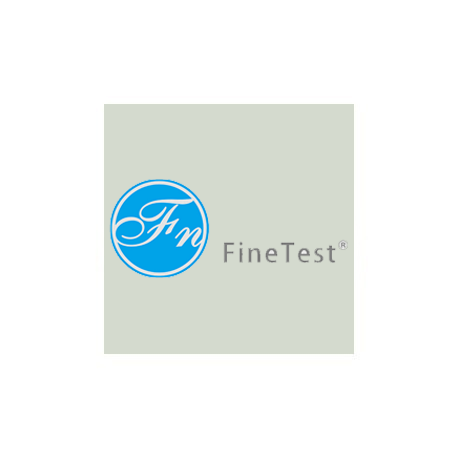Size
100µg
Storage Conditions
PBS with 0.02% sodium azide and 50% glycerol pH 7.3, -20℃ for 12 months (Avoid repeated freeze / thaw cycles.)
Applications
ELISA, WB, IHC
Target
SMARCB1
Research Area
Immunology, Metabolism
Form
liquid
Recomended Dilution
WB: 1:500 - 1:2000
Type Clonality
polyclonal
Immunogen
SWI/SNF related, matrix associated, actin dependent regulator of chromatin, subfamily b, member 1
Minimum Purity
≥95% as determined by SDS-PAGE
Synonyms
SWI/SNF-related matrix-associated actin-dependent regulator of chromatin subfamily B member 1|BRG1-associated factor 47 (BAF47)|Integrase interactor 1 protein|SNF5 homolog (hSNF5)|SMARCB1|BAF47|INI1|SNF5L1
Host
Rabbit
UniProt ID
Q12824
Gene ID
6598
Purification
Immunogen affinity purified
Iso type
IgG
Reactivity
Human, Mouse, Rat
Observed MW
44 kDa
Background
The protein encoded by this gene is part of a complex that relieves repressive chromatin structures, allowing the transcriptional machinery to access its targets more effectively. The encoded nuclear protein may also bind to and enhance the DNA joining ac



